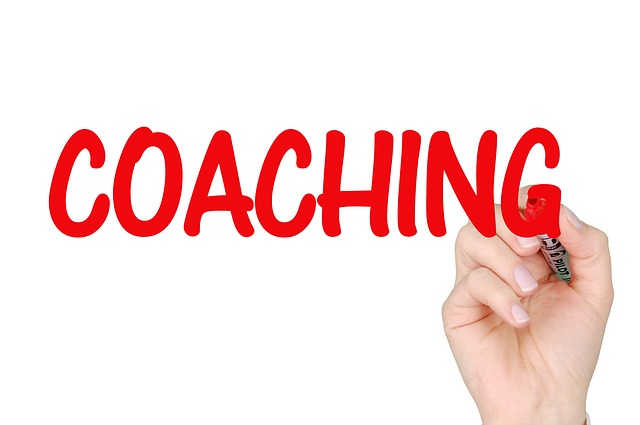Tip of the Month, February 2019 – Creating a Safe Environment
In this month’s blog post, “It’s Your Job!” we reviewed the book, Radical Candor[1], which emphasizes the importance of honest, timely and useful feedback in order to ensure quality results. Most of us would agree that doing this would be a great thing…and yet we often choose not to.
One of the main reasons we opt not to speak honestly and directly is because we fear how the message will be received. We do not trust our colleagues or superiors. We do not feel safe.
And the result is lost opportunities to improve a product or project, to correct or avoid a mistake, or to retain a valued employee.
So, how do you, as a leader, create an environment that encourages clear, direct and helpful communication? Here are some tips combining ideas from some of my favorite authors as well as my own experience.[2]
- Publicly affirm your desire for honest, timely communication. If this will be a change or adjustment from the way you have been doing business, you’ll need to explain why and what this type of communication looks like.
- Don’t expect anyone to believe you at first. Be sure to manage your responses to efforts at honest, timely communication. If you are committed to the change, be gracious, accept effort, even if awkward, abrupt or bordering on rude.
- Have a discussion with your team about their comfort level with how these communications proceed.
- Set some team agreements including things like no personal attacks (it is about the work), not interrupting (depending on your group culture), taking the time that is needed to come to the best solution, etc.
- Commit to creating an environment where everyone’s input is needed and valued.
- Interrupt behaviors that violate the team agreements and remind everyone of the agreements.
- Capitalize on opportunities to identify and celebrate examples of this type of communication.
- If two people begin having a discussion (a disagreement) in a meeting related to a plan or outcome, stop action long enough to point out what is happening, that this is exactly what you are hoping to see more of and invite them to continue.
- If someone gives you clear and courageous feedback, thank them for their honesty and courage. You may or may not have an immediate answer for them, but definitely consider their feedback seriously and ensure they receive a timely reply.
- If the feedback above was given to you in private, share what happened and your answer in a group setting so people have that example as well.
- Tune in to non-verbals in your group.
- Can you see that there are people who look puzzled, uncomfortable, concerned, etc. who are not speaking up? Invite them to share what they are thinking…and leave some silence while they collect their thoughts. (Then, of course, thank them for sharing, acknowledge their opinion or ideas, and reflect on a strategy to integrate their thoughts into whatever decision-making process is occurring at the time.)
- Is there a silent leader in the group who keeps others from speaking up? Watch for facial expressions, eye-rolls, etc. that indicate some form of negative control. This may require some additional strategizing to overcome. You may need to do some investigating to find out what is going on. (We might need another blog article to address this issue…let us know if you’ve had this experience and how you managed it.)
- Summarize meetings by reviewing what was agreed upon and identifying time lines and responsibilities.
- This is a great way to find out what people were hearing and what they are really committed to.
- Let the group share what they heard. You scribe. Let them do the work – it is amazing what will come out of this conversation.
- Be sure to leave enough time to re-explore issues that finally come out when the work is assigned. It is one thing for “someone” to have to do x, but when it is assigned to me, I may suddenly realize I have to speak out. This is a critical moment when you are changing the culture.
- Do not get mad because they didn’t say anything before.
- Do not say, this was already discussed and cut off the conversation.
- Do not say, we don’t have time for this.
- Instead, go back to “tip # 3” and celebrate the fact that concerns are being brought up. This is what you want to see! Hopefully, your team will see that you mean it and bring up concerns earlier next time.
- Take a risk to give some feedback (use radical candor) privately with a member of your team or a colleague.
- Remind them that you are trying this new way of addressing issues and after you discuss the issue, you’d like feedback on how this worked.
- Then provide a balance of care and challenge in giving the feedback. “I know working toward excellence is important to you, so I wanted to share that ….”
- Ask for their thoughts about the issue, what they might need, etc.
- Once the issue is addressed, ask them what they felt about the conversation itself. Is there something you could do better next time?
- And ultimately, be consistent in your way of being. If your team is not sure what mood you are in, or how you are reacting “today,” they will not trust that your proposed changes are real. You will not be creating a safe environment. You need to model the behavior you want to see in your team…and then some.
_______________________________
[1] Scott, Kim. Radical Candor. …
[2] Kim Scott, Patrick Lencioni, Kouzes and Posner and others…











